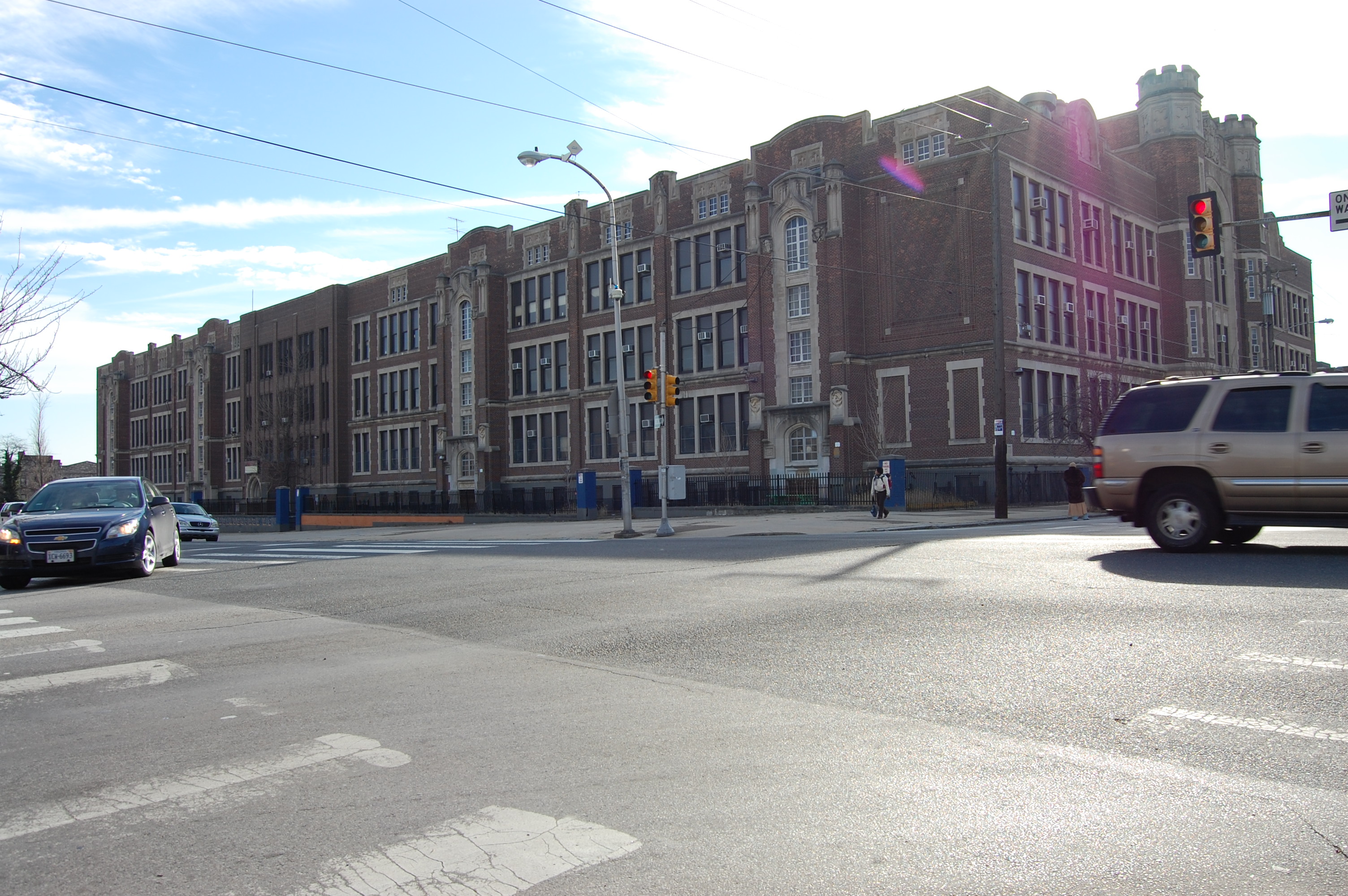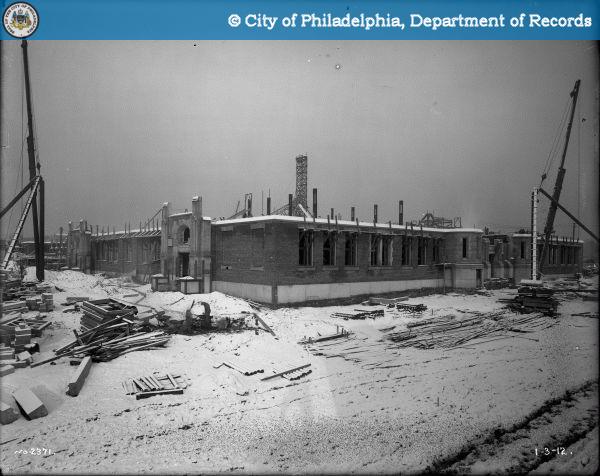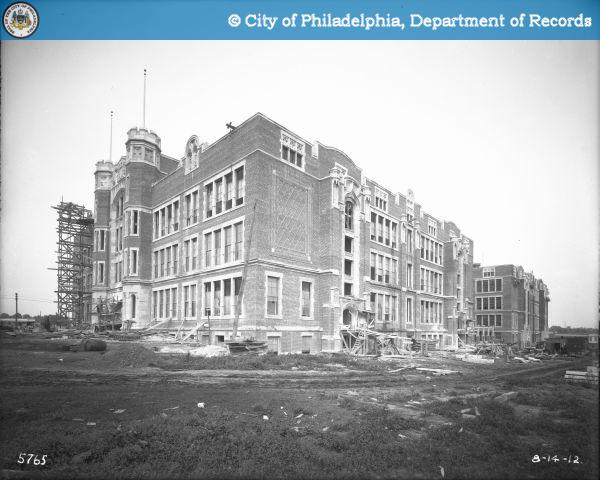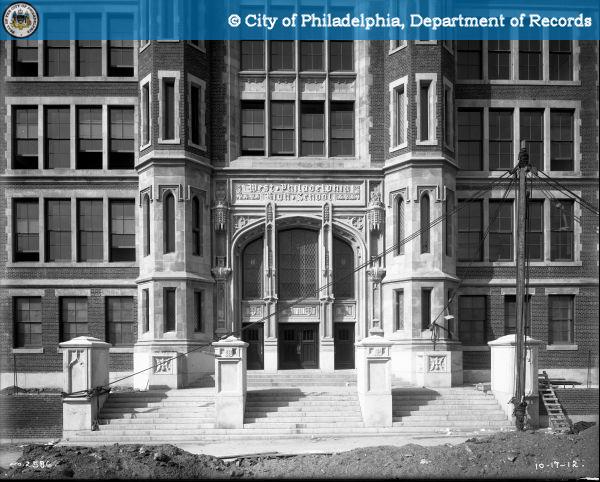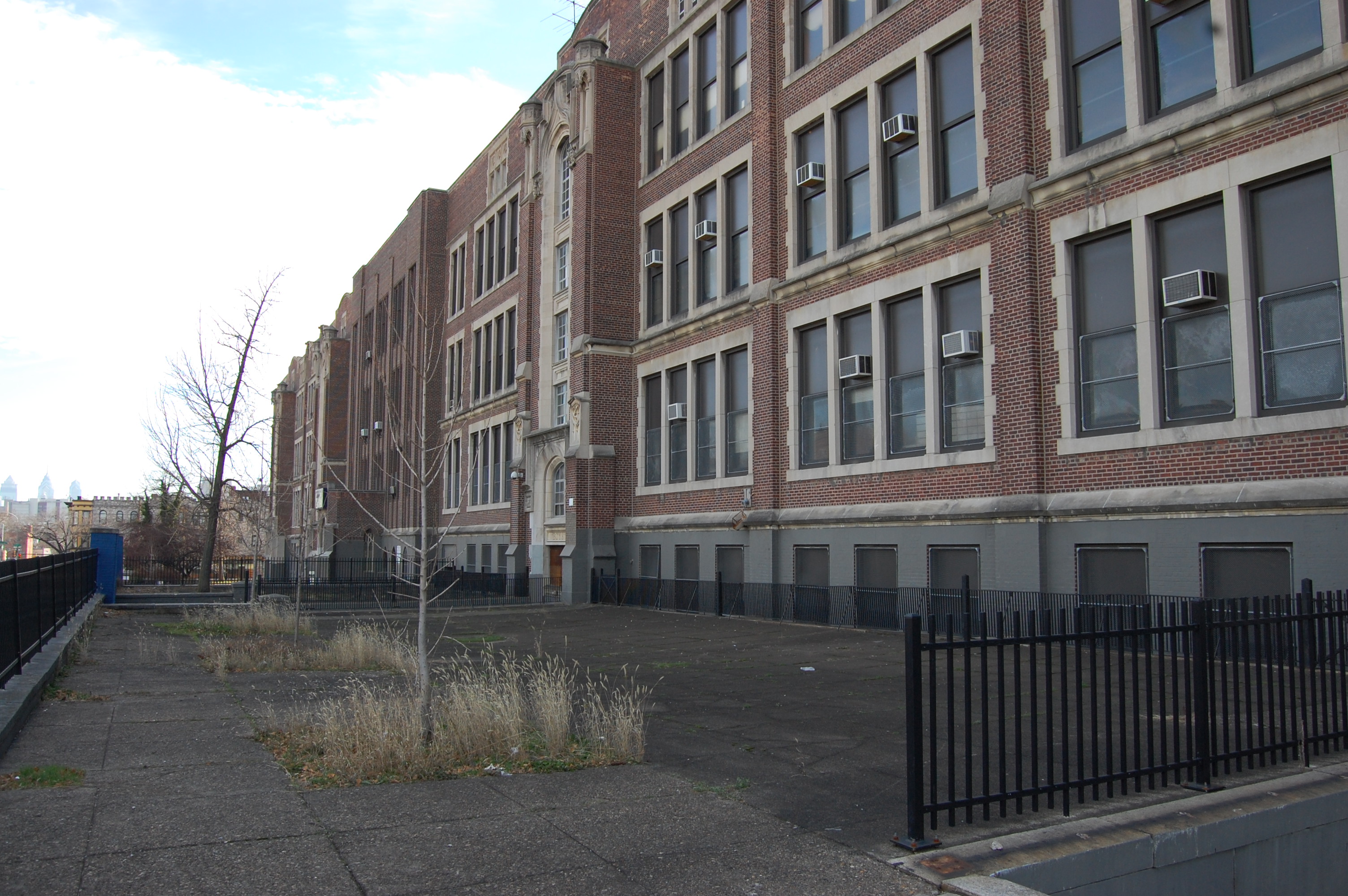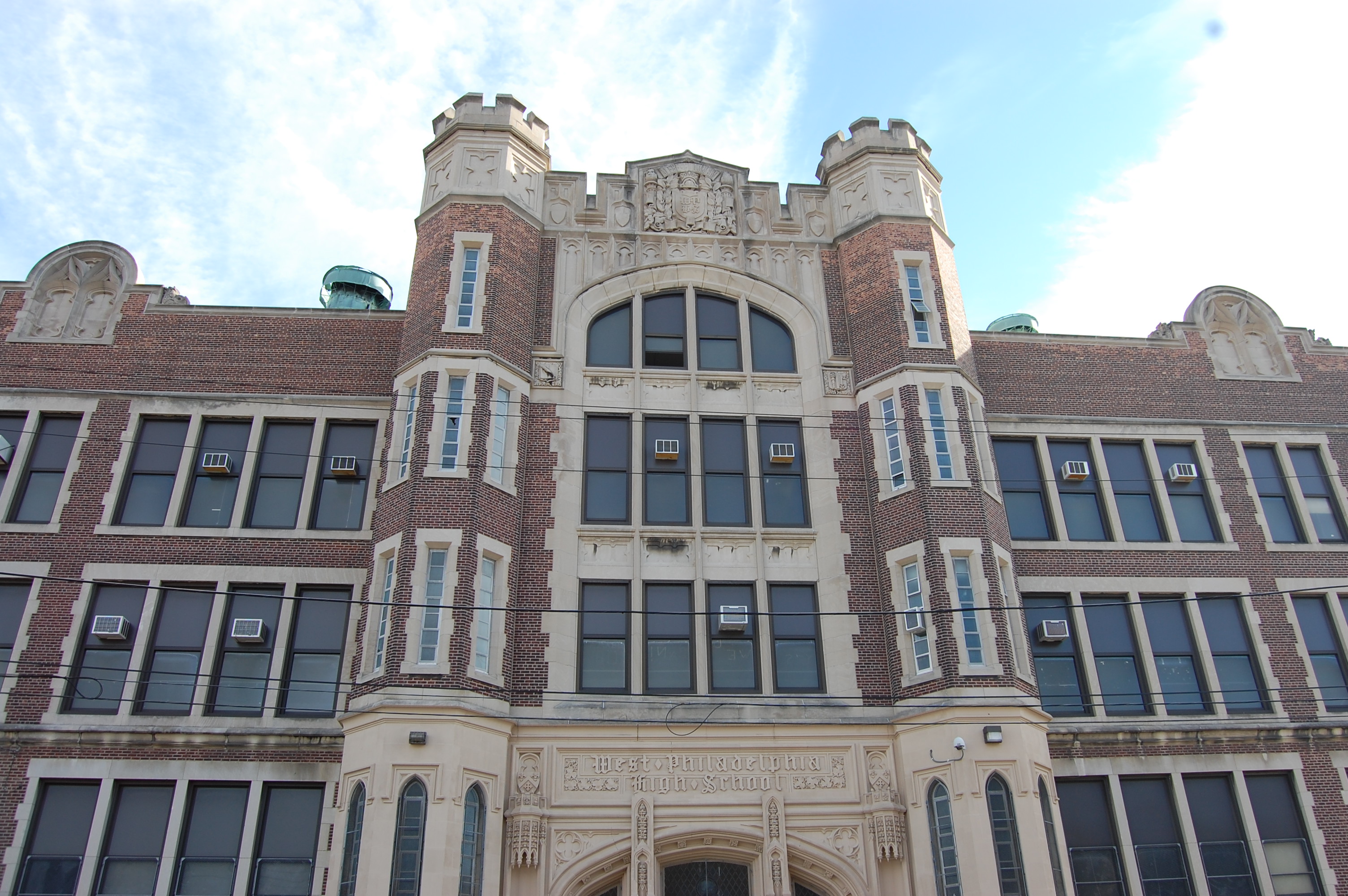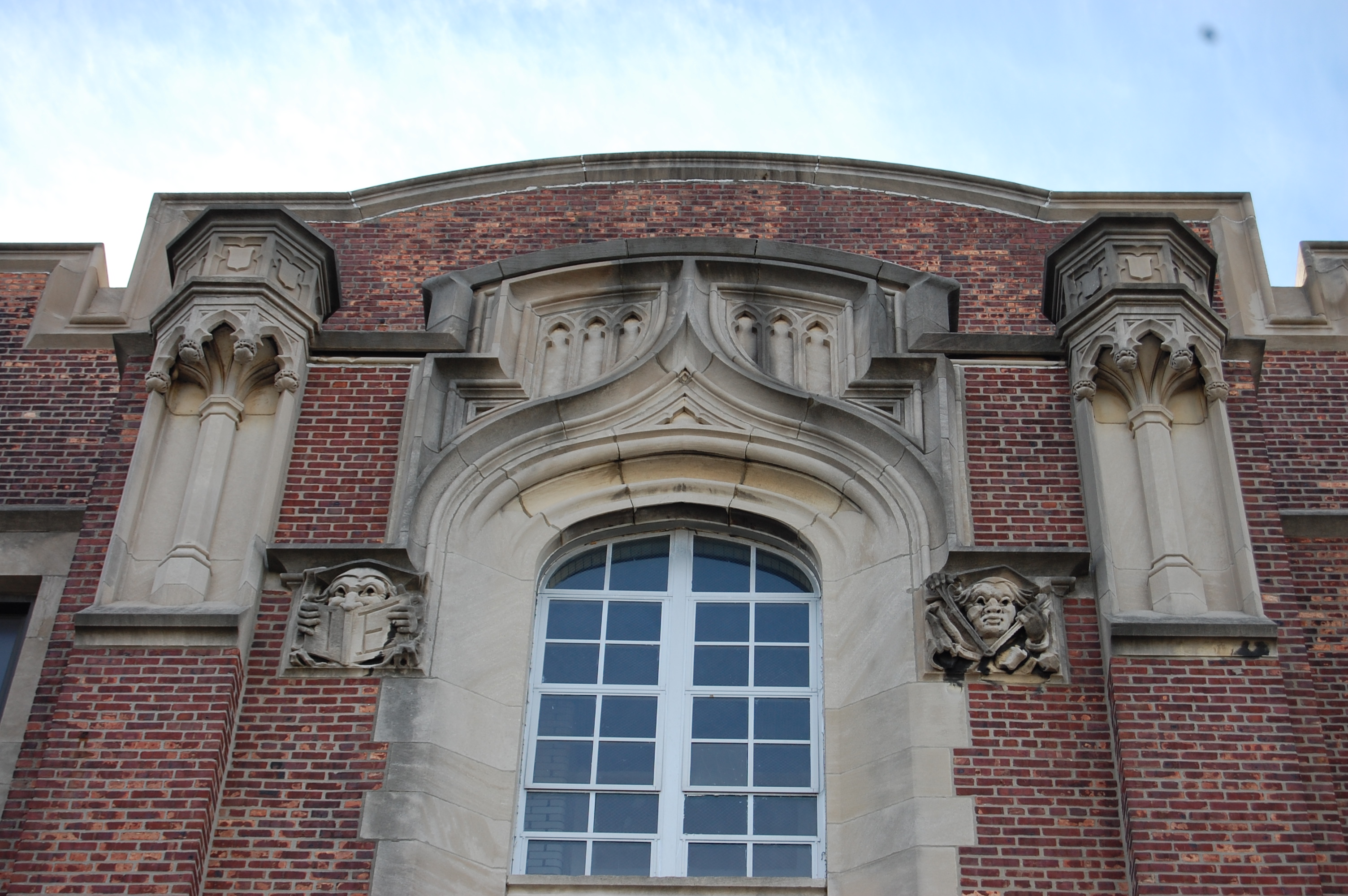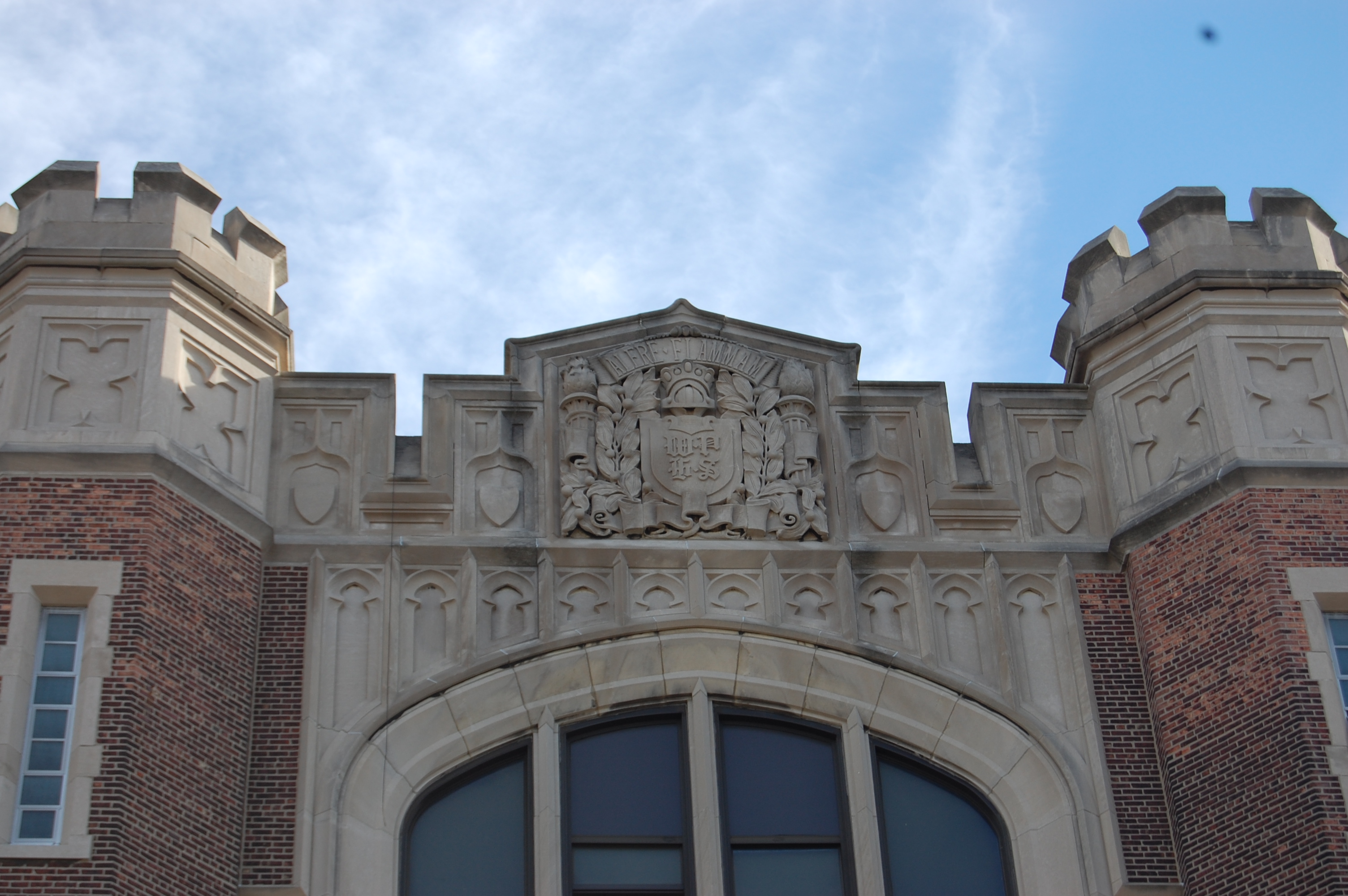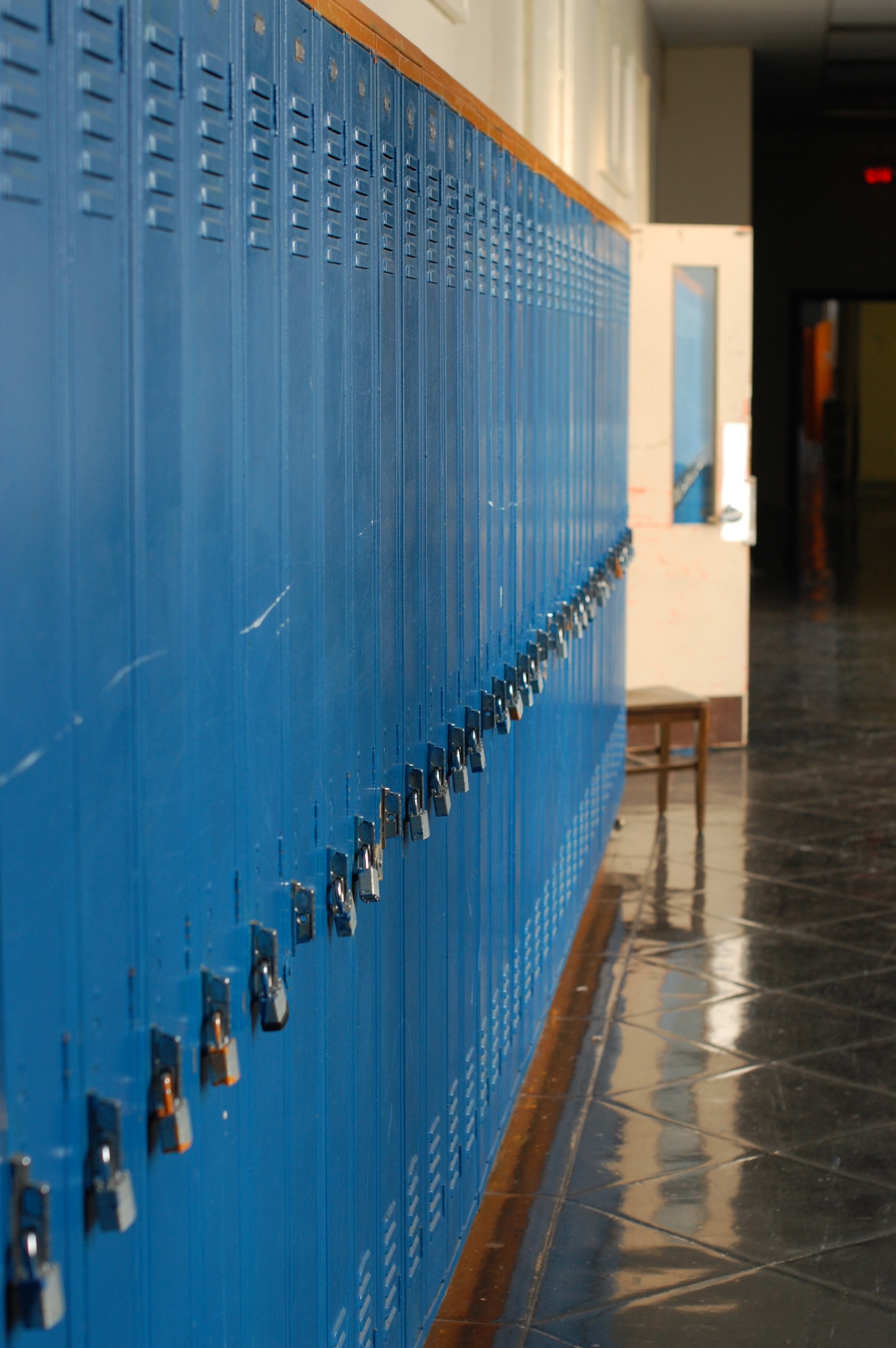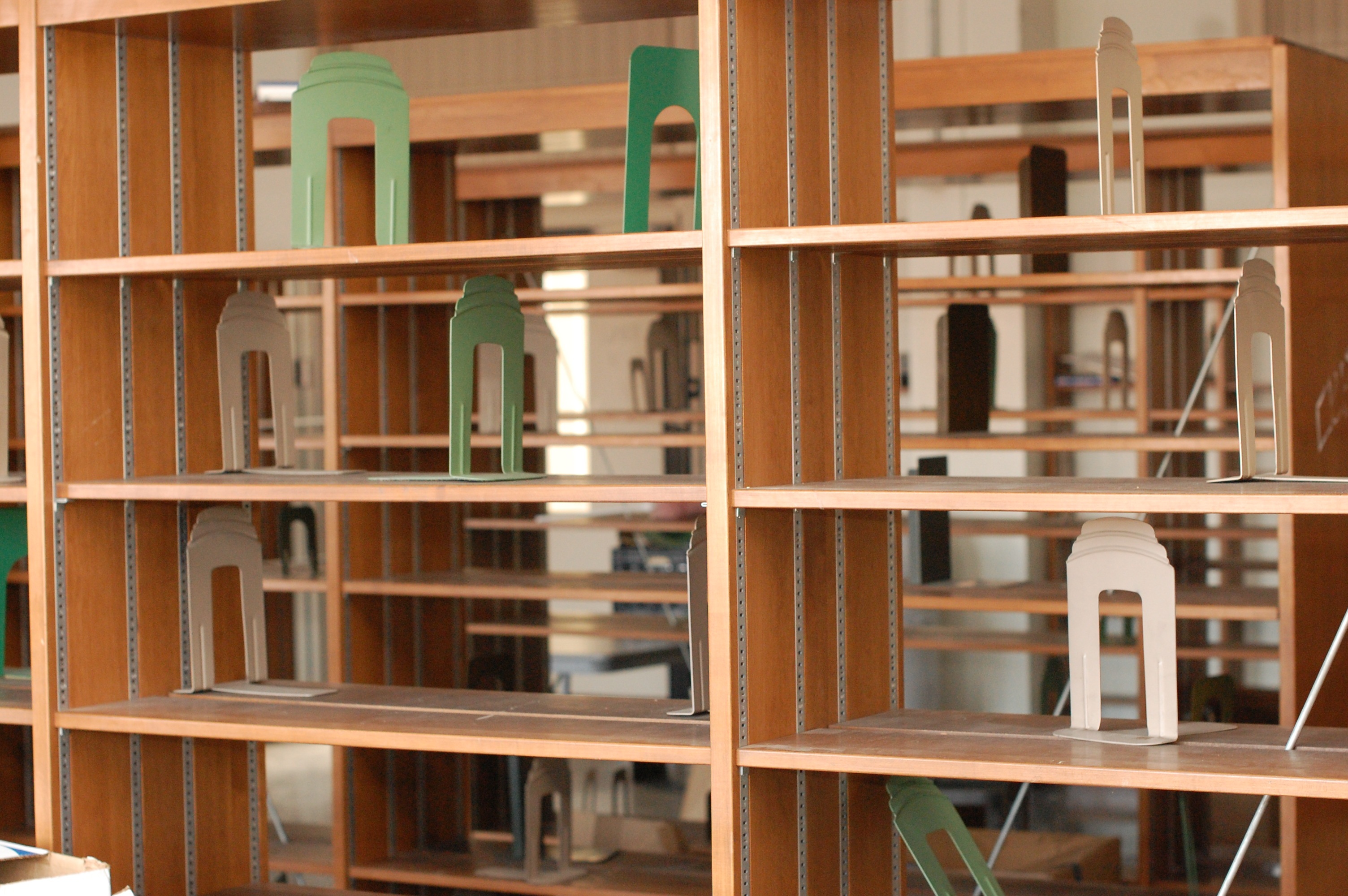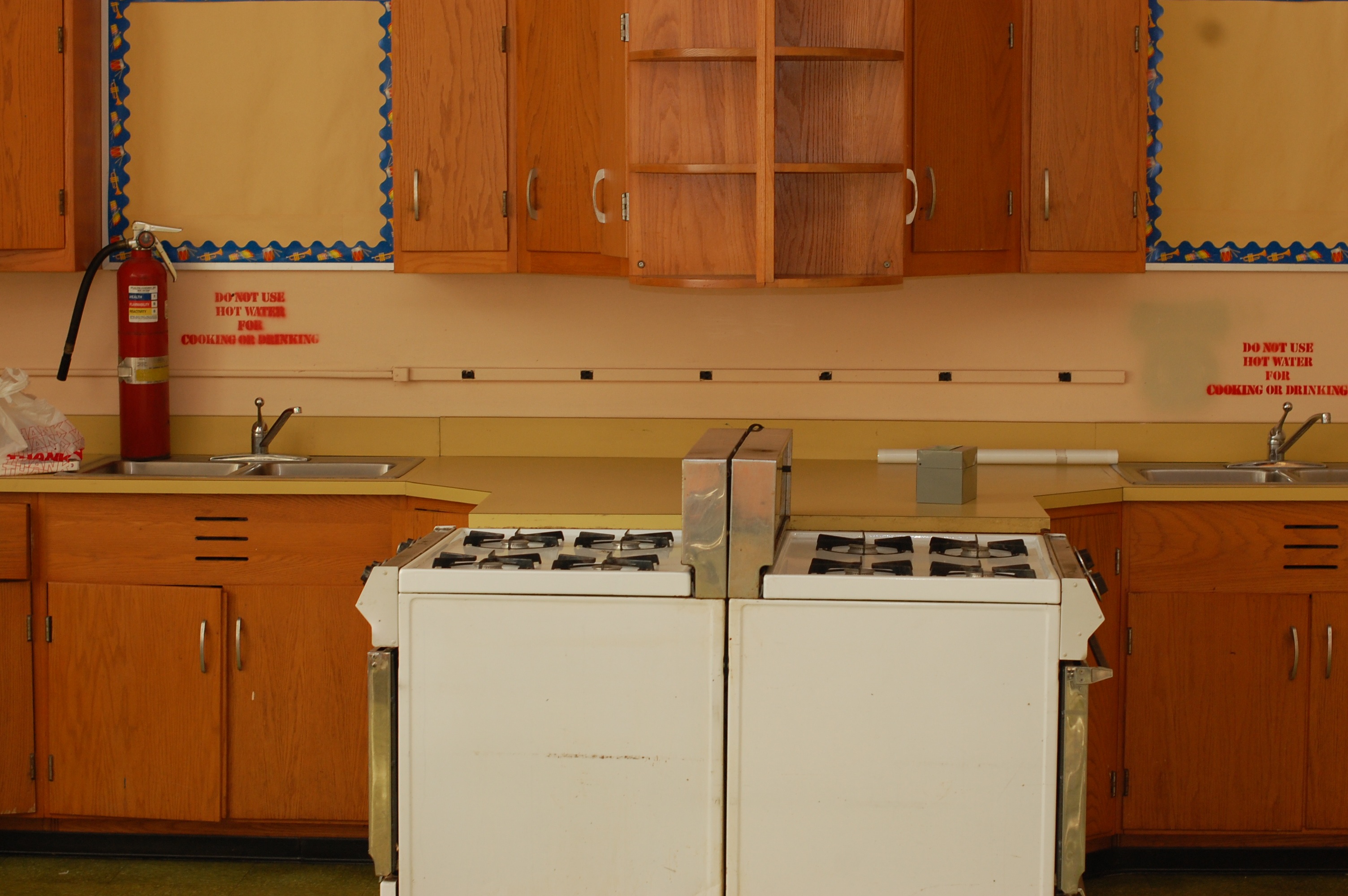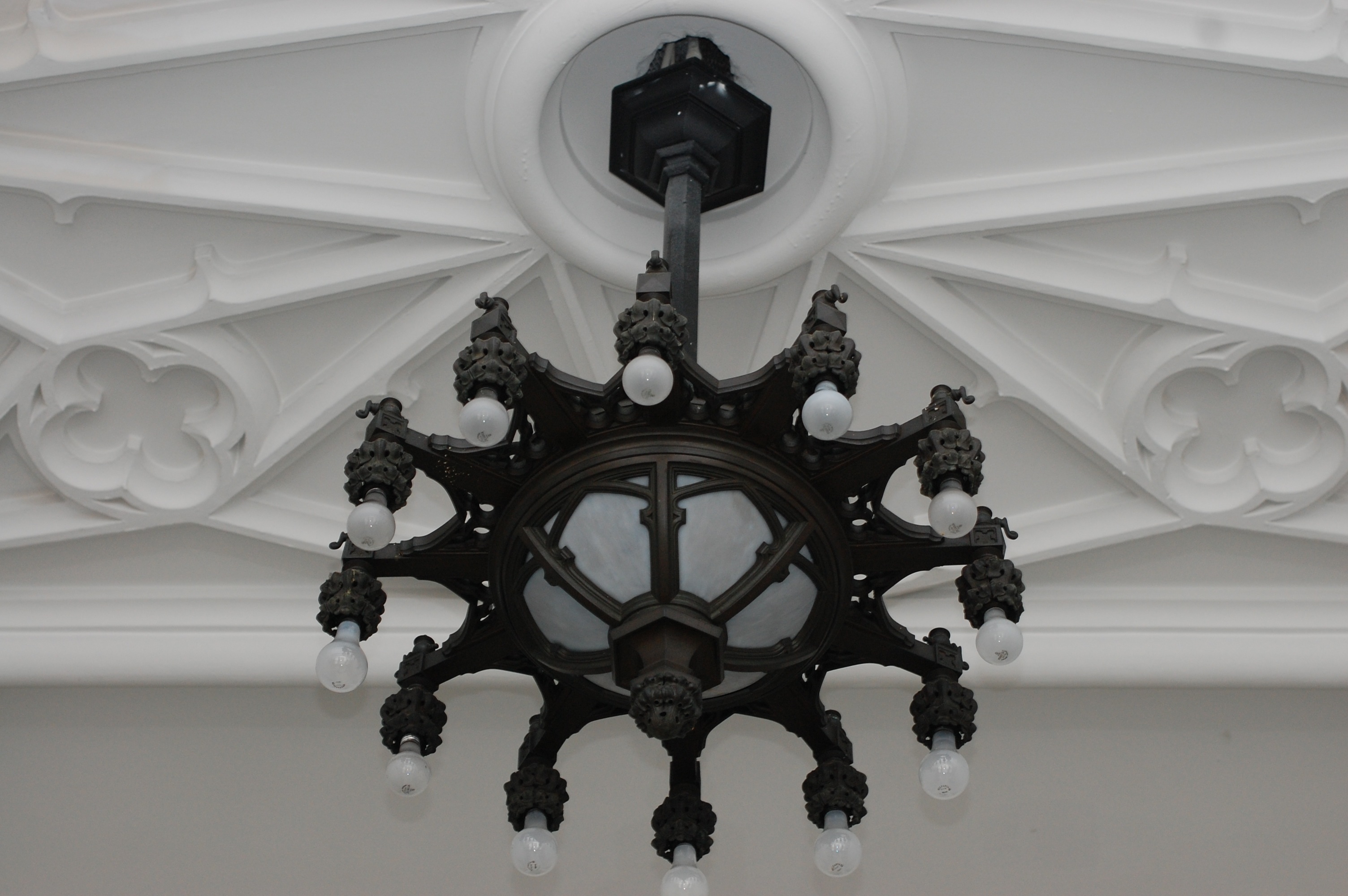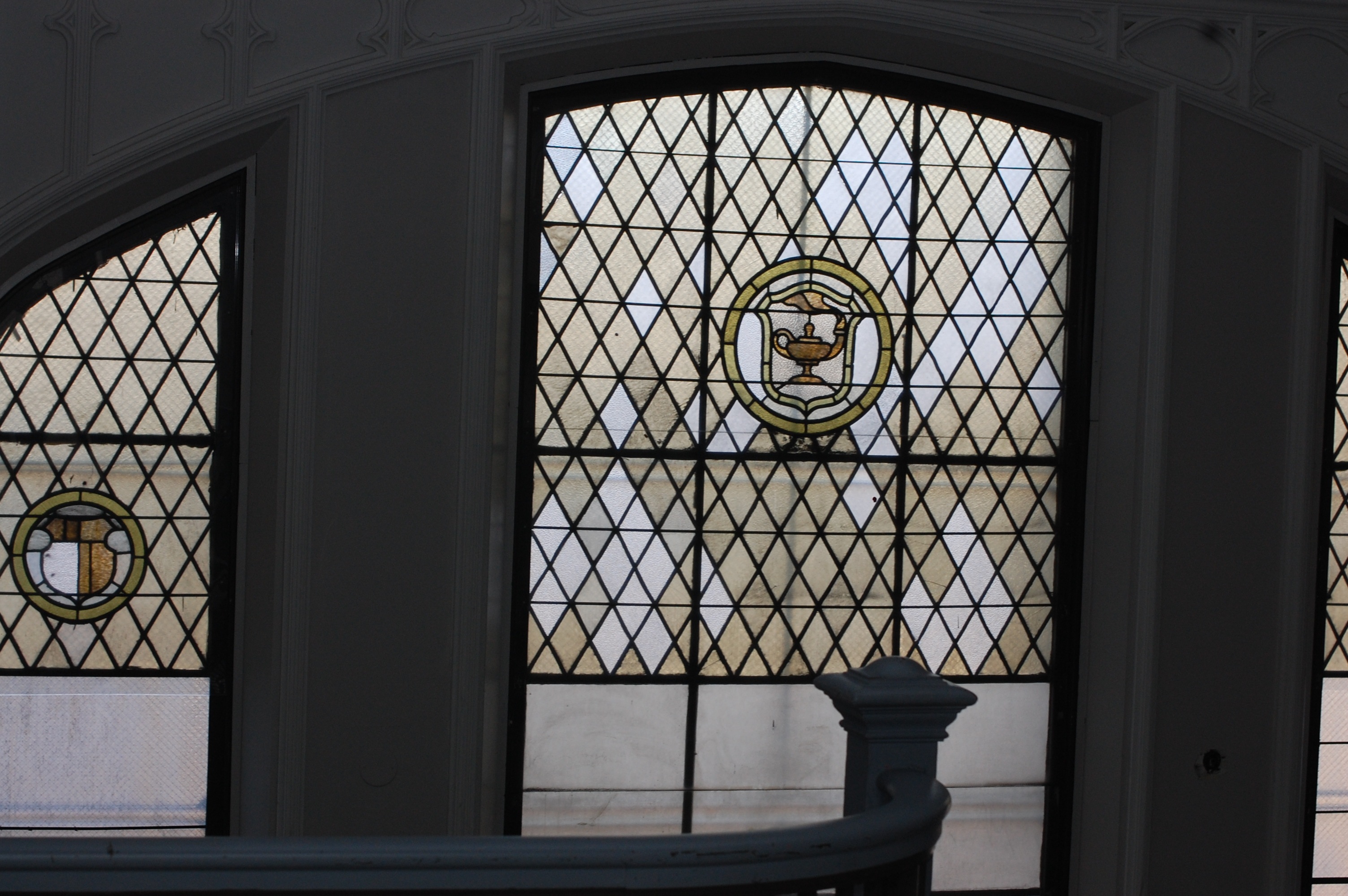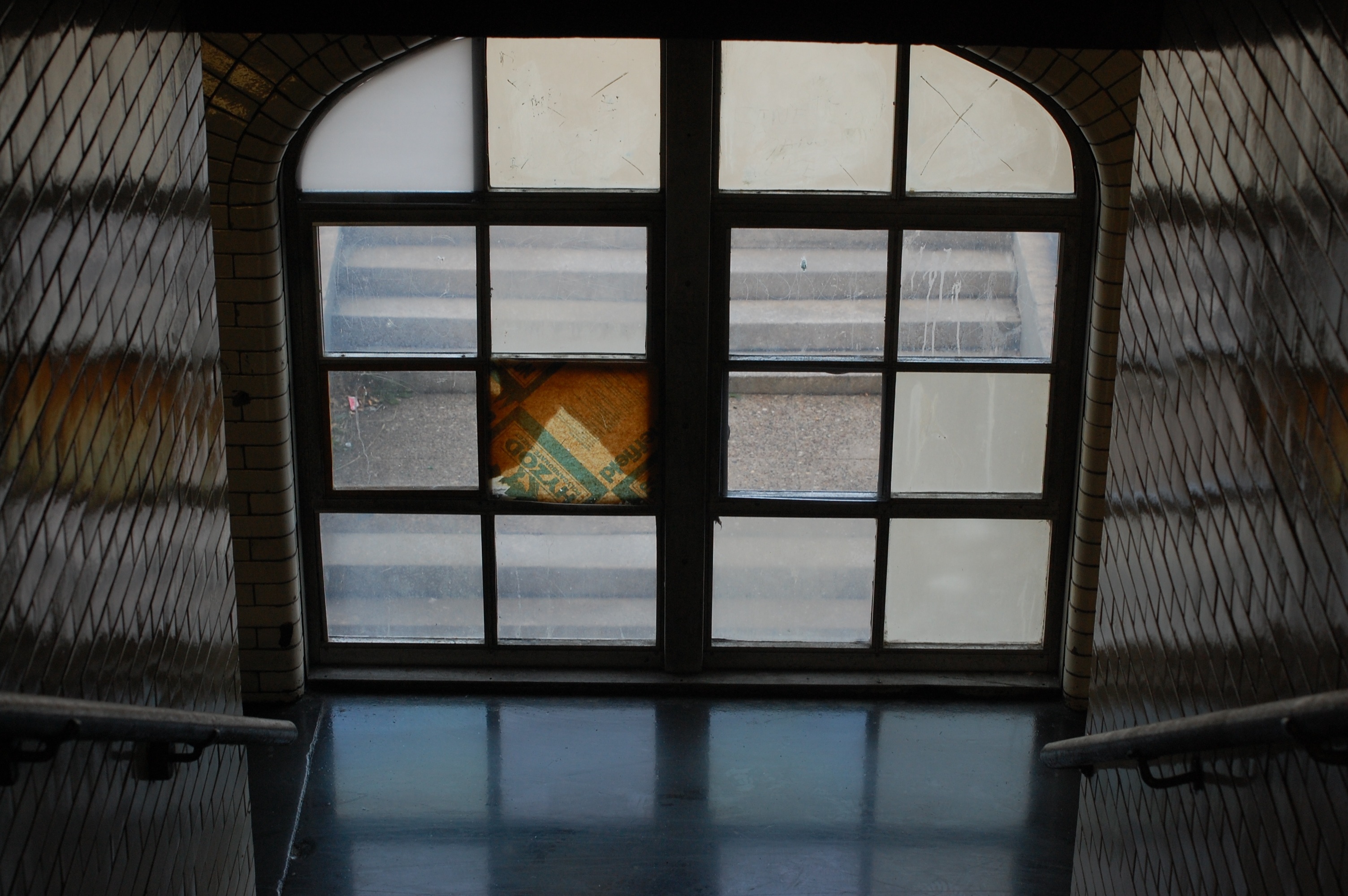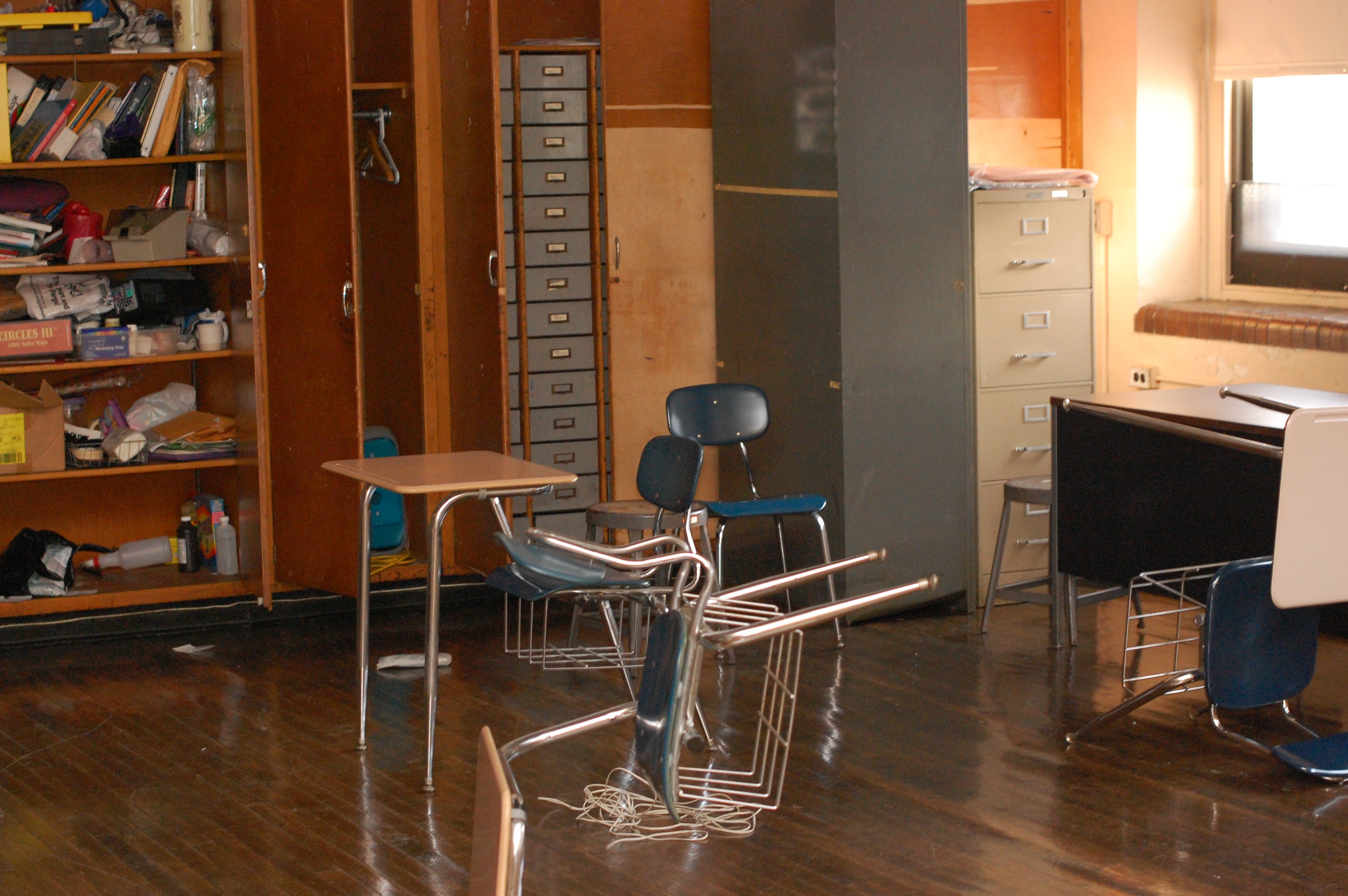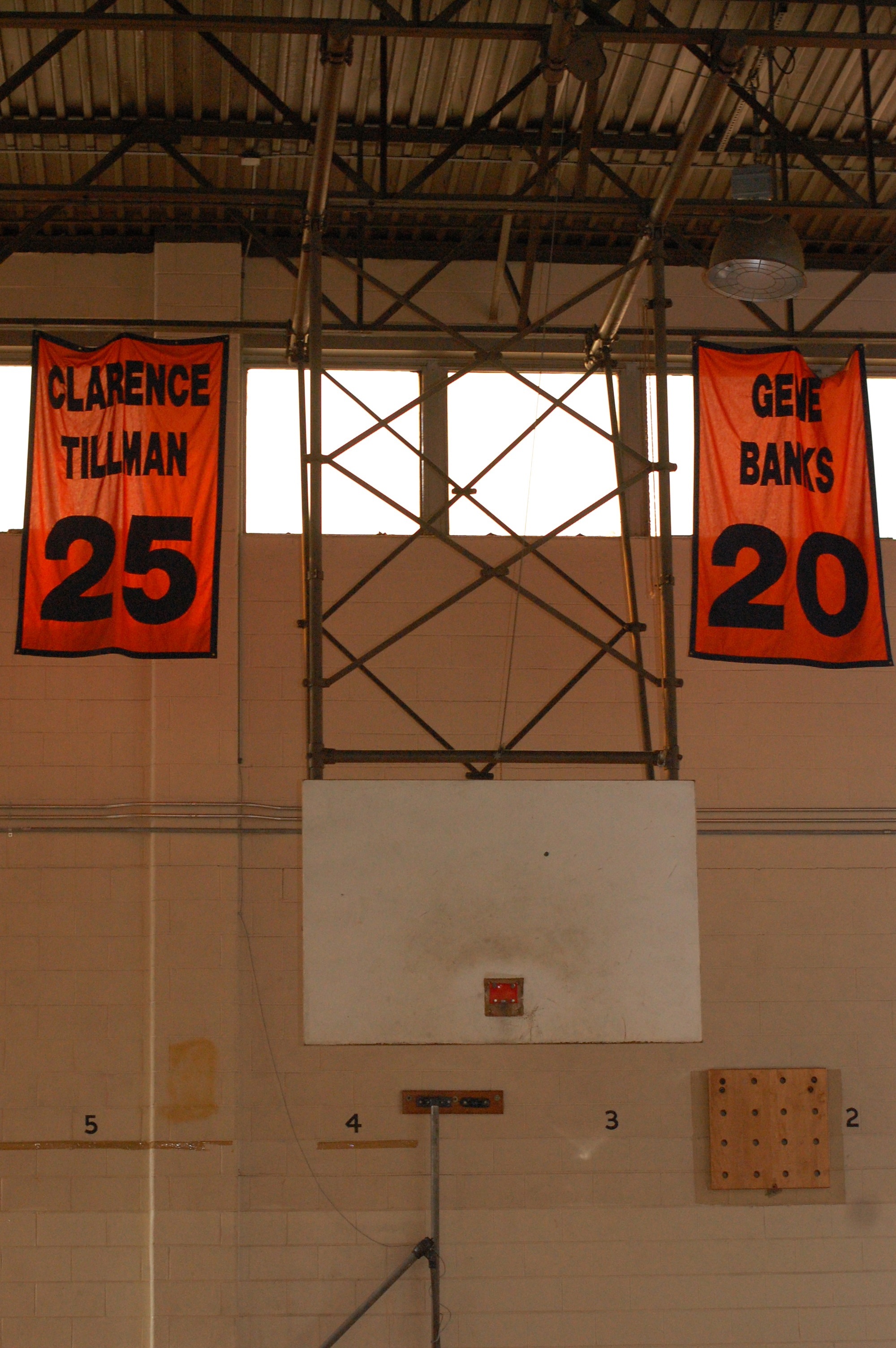How the fate of the old West High may be hinged to far West Philly revival
This report is a product of William Penn Foundation funded reporting partnership between Plan Philly and the Notebook.
The old West Philadelphia High School at 48th and Walnut is a monument to a very different Philadelphia.
Erected in 1912, at the start of a massive westward residential expansion powered by the new Market Elevated Line, the school was a powerful symbol of Philadelphia’s robust growth and optimism.
Built in a simplified collegiate Gothic style, the school occupies a full city block. The exterior features leaded windows and fire towers that resemble turrets; inside there are marble staircases and ornate plasterwork.
It is a truly formidable structure, totalling over 250,000 square feet, with 97 classrooms and the capacity to hold 2,673 students.
But there are no students at all in the old West Philadelphia High any more.
This academic year, the students, teachers and staff packed and moved a few blocks away to a state of the art new school that is nearly half the size of the old West, but more than big enough to accommodate the student body, which has dwindled to 795.
For now, the fate of the old West is unclear, just as it is for 11 other already empty school district facilities. On top of those abandoned buildings are nine more schools that have been proposed for closure over the next two years. Still more abandoned public schools are likely to be decommissioned in the future, as the district works to shed as many as 40,000 empty classroom seats through a combination of closings, consolidations and grade changes, which are outlined in the district’s facilities master plan.
The declining citywide enrollment that is fueling the closings is particularly acute in West Philadelphia. School district officials predict there will be about 6,500 fewer students in West Philadelphia public schools in 2015 then there were in 2006, a product of the increasing popularity of charter schools and a declining population.
But while far West Philadelphia may no longer be the boom town it was in 1910, there are remarkably promising signs of redevelopment in the blocks surrounding the old West Philly High. To the southeast, home values have soared, due largely to the success of the Penn Alexander Elementary School. New residential developments are underway west of the old high school, and major public investments have been made to its north.
And there are signs that Lea Elementary, which sits across the street from the old High School (and, for now at least, relies on its boilers for heat) could be in the early stages of a significant turnaround.
All of which makes it that much more vital that the school district find a new, responsible owner for the landmark structure as soon as possible, neighborhood leaders said.
“We are very concerned. It’s too big, too important, for it to sit there empty for years and years,” said Horace Patterson, president of the Walnut Hill Community Association, which covers the sites of both the old and new West Philadelphia High Schools.
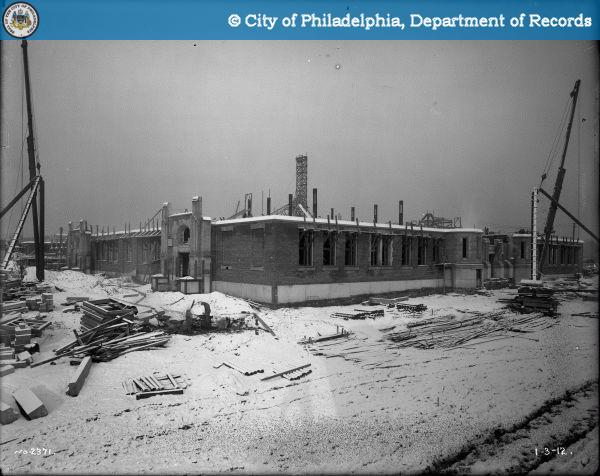
A new plan for old buildings
The School District of Philadelphia has a mixed record on managing and selling off its unused property. The district has successfully sold seven facilities in the last six years, but there have been others that have remained vacant for many years, some of which are poorly maintained.
Last year, as part of its facilities master plan, the district adopted a new adaptive reuse policy to improve its disposition of surplus property. In theory, the new policy will take community interests into account and give something of an advantage to would-be educational and non-profit purchasers, such as a charter school or community development corporation.
But no properties have been sold using the new policy, and the district is still working on a timeline to sell its existing surplus properties, including the old West Philadelphia High building, according to Danielle Floyd, the senior district official who is leading the facilities master plan.
Despite the district’s methodical pace, rumors are already swirling of potential reuses for the grand old building, everything from condos, to apartments, to mixed-use, to senior housing.
“I’ve got a million people interested in the building,” said Councilwoman Jannie Blackwell, who represents West Philadelphia, and will likely play a key role in determining a potential reuse.
She declined to identify would-be developers by name, but said several large West Philadelphia builders were among them.
This being West Philadelphia, many residents also assume the University of Pennsylvania is a potential buyer as well, though there is no evidence of that yet and the site is six blocks from the university’s western edge.
In an email, Floyd confirmed that the district has heard some informal proposals for the building (mostly residential), but she stressed that nothing would be considered until the formal adaptive reuse evaluation process is up and running.
Given the size of the property and its prominence in West Philadelphia it’s not surprising that developers are interested in the site. But at this stage it is not at all clear that interest will translate into actual successful redevelopment, principally due to the structure’s enormous size.
The possibilities are great, but obstacles abound
One of the most discussed possibilities – and an appealing one to many local residents – is the conversion of the old facility into low-income housing for seniors.
Neighborhood Restorations, a for-profit West Philadelphia developer that has renovated hundreds of properties in the area using federal low income housing tax credit programs, is tentatively interested in acquiring the old West building for that very purpose.
“We know it’s a monster of a job, but if there is desire in the community for it, if Councilwoman Blackwell supports it, we may be able to put a plan together,” said Neighborhood Restorations president Jim Levin.
Potentially, Levin said, there could be room for senior-oriented retail in the development as well, such as a drug store or hair salon.
His firm has the experience for the job.
In 2001, Neighborhood Restorations converted the old Oliver Wendell Holmes Middle School at 55th and Chestnut into 42 units of senior housing. But Levin warned that doing the same thing at West would be far more challenging, and would require a lot of public sector support. He added that for senior housing to work, his firm would have to acquire the property for free, or at most pay a nominal amount. Even then, he said, the project might not be financially feasible.
“The building is huge. It’s very old. It has asbestos in it. If someone else has a better idea for it, they are welcome to it,” Levin said.
He was skeptical, though, that any developer could convert the existing building into market rate apartments or condos and make enough of a profit to justify the project.
“Can a for-profit developer go in there and make money in today’s economic environment? I would be impressed. I think that would be hard,” Levin said.
Theoretically the historic building could be demolished. But that would be bitterly fought by neighbors, Patterson said. And Levin doubts the local market could support apartments or condominiums expensive enough to justify tearing down the old high school and building something new.
Step inside the Old West Philly High, and it is easy to see both the building’s enormous potential and the pitfalls awaiting would-be developers.
Gorgeous original architectural details remain; brass banisters, chandeliers, old glazed ceramic tiles, and an auditorium better than most musical venues in Philadelphia.
But the hallways run in a confusing circuitous pattern, there are narrow and steep staircases, decades of renovations have criss-crossed the tall ceilings with plumbing and electrical lines. Mostly, though, there is the unavoidable fact that the facility was built to be a school, not a condo complex. Converting classrooms, auditoriums and basketball courts into residential or commercial use is a real challenge, and can lead to a pretty inefficient use of space, Levin said, and the problem is only compounded by the old high school’s size.
And yet a flurry of public and private development activity on the blocks surrounding the old West building may help tip the balance for a would-be redeveloper.
- Two blocks south, at 48th and Pine Streets, the Enterprise Center Community Development Corporation is renovating an old market space into a 13,000+ square foot mixed-use development featuring a restaurant, coffee shop and commercial kitchens that will be rented to food service entrepreneurs.
- North, at 48th Street and Haverford, the city’s new 150,000 square foot Youth Study Center is nearing completion.
- Renovation of the Croydon, an abandoned apartment building at 49th and Locust nicknamed “squatter’s paradise,” is slated to begin as early as this winter. West Philadelphia development firm Orens Brothers has budgeted $10 million for that project, which will produce 127 market-rate apartments.
- Across the street from West Philadelphia High is the rubble-strewn site of the Windermere apartment complex, which was destroyed by fire last year. An insurance payout is expected to lead to redevelopment of that site as well, Walnut Hill Community Association President Horace Patterson said.
Those developments, and other smaller-scale projects, have Walnut Hill residents convinced the old West Philadelphia High building can once again be made into a community asset, and not a liability.
“This one is too big to leave empty,” Patterson said. “I hope the district knows that.”
Contact Patrick Kerkstra at pkerksra@planphilly.com or Twitter.com/pkerkstra
WHYY is your source for fact-based, in-depth journalism and information. As a nonprofit organization, we rely on financial support from readers like you. Please give today.



